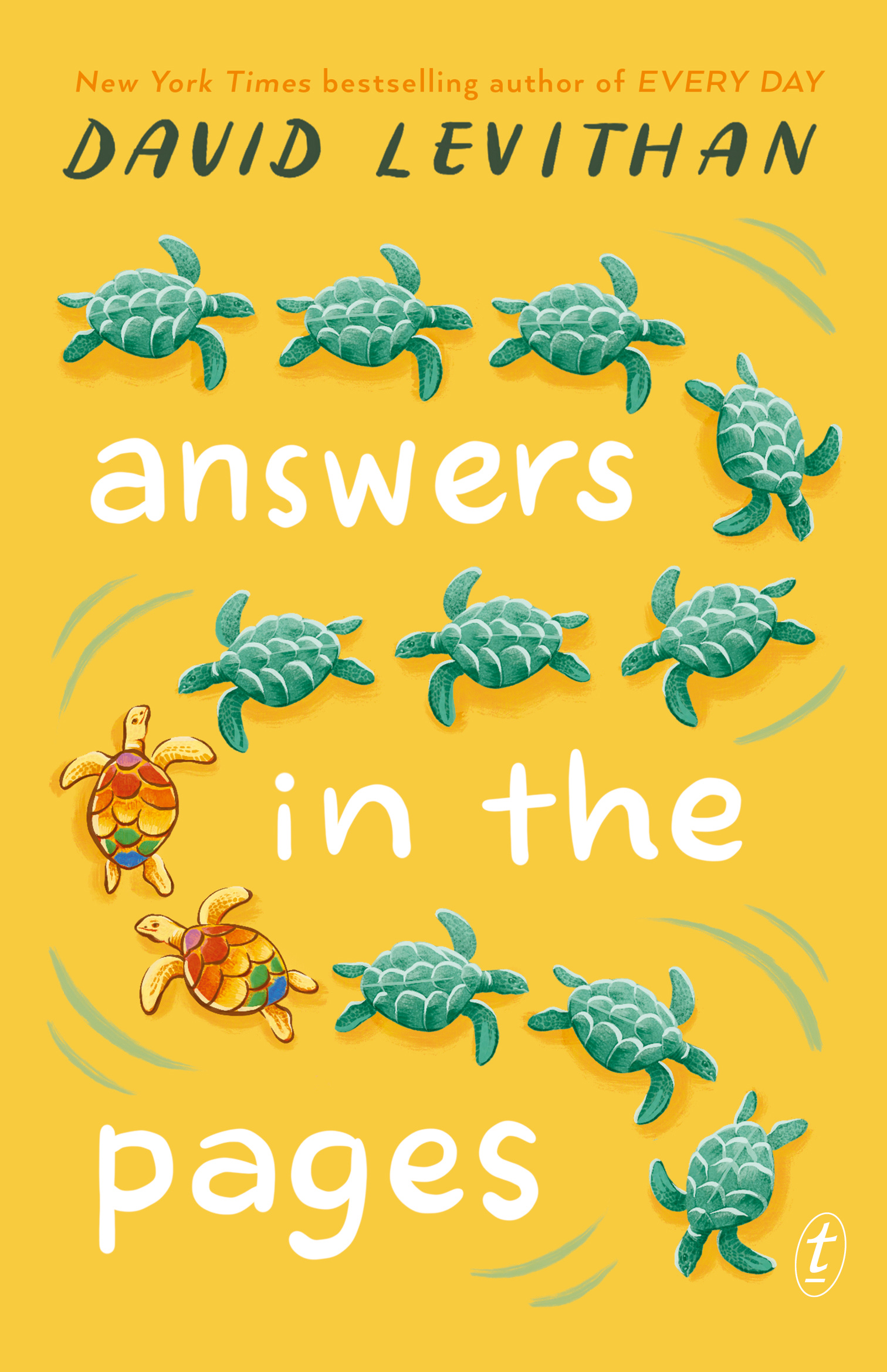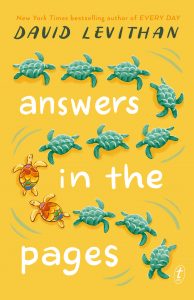




 David Levithan is an award-winning and New York Times-bestselling author of young adult books, including 19 Love Songs, Every Day, Boy Meets Boy, Nick & Norah’s Infinite Playlist (with Rachel Cohn) and Will Grayson, Will Grayson (with John Green).
David Levithan is an award-winning and New York Times-bestselling author of young adult books, including 19 Love Songs, Every Day, Boy Meets Boy, Nick & Norah’s Infinite Playlist (with Rachel Cohn) and Will Grayson, Will Grayson (with John Green).Error: Contact form not found.
